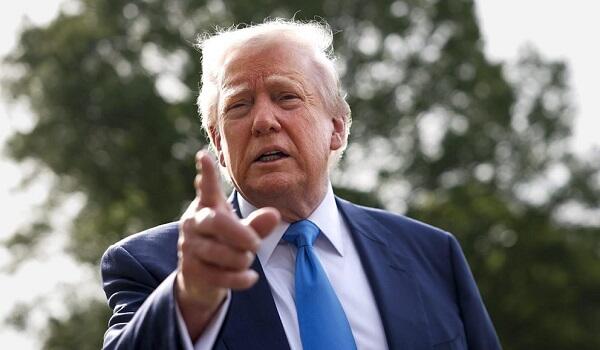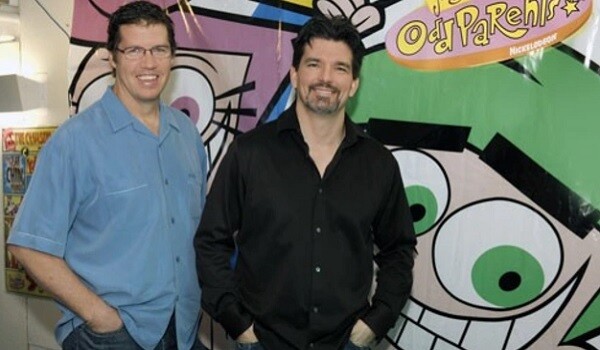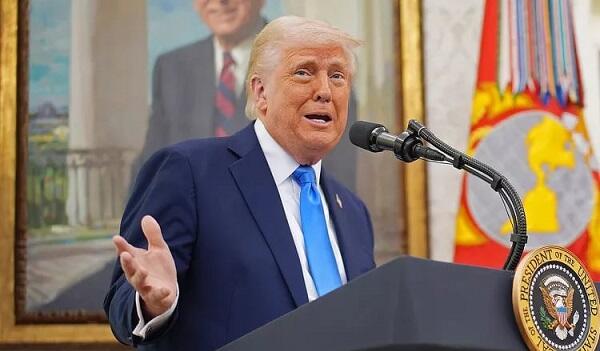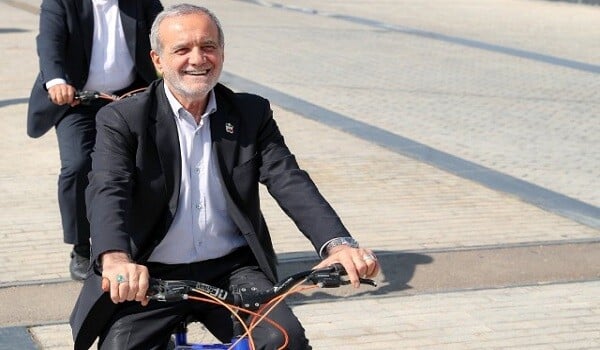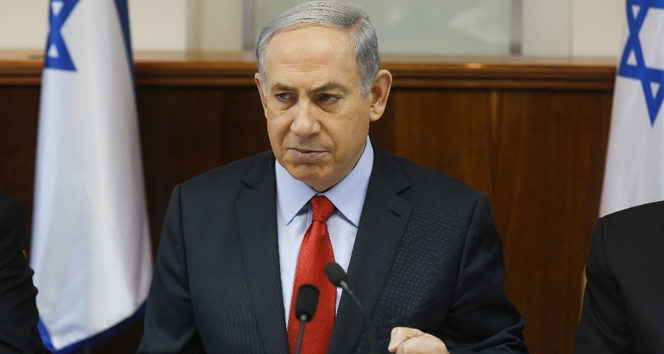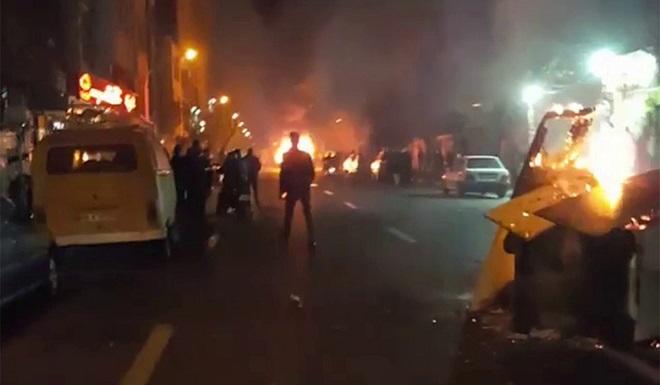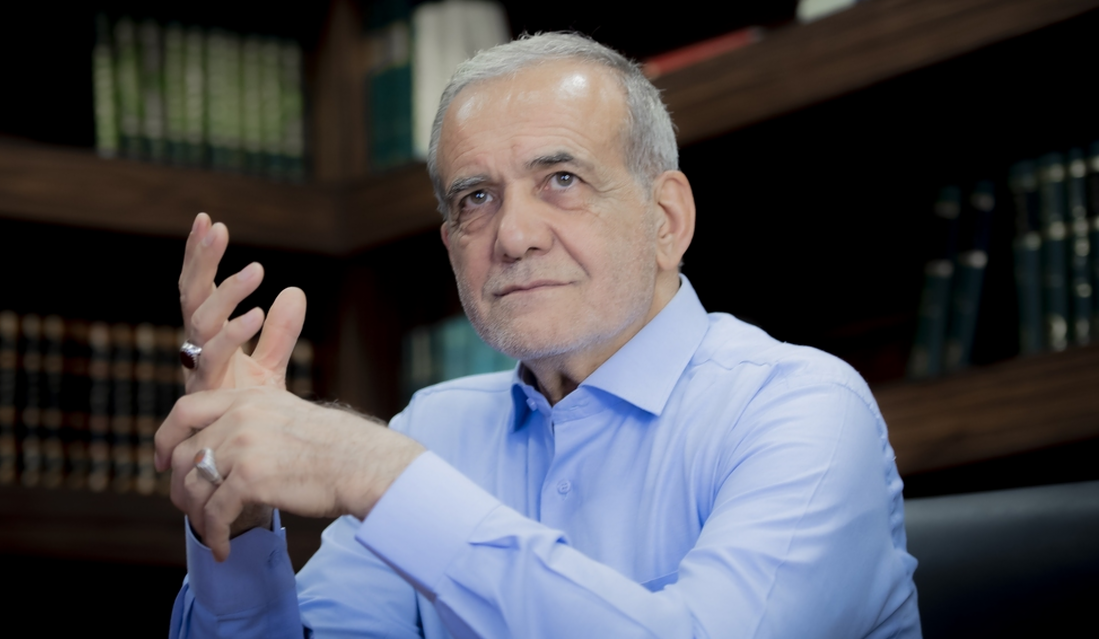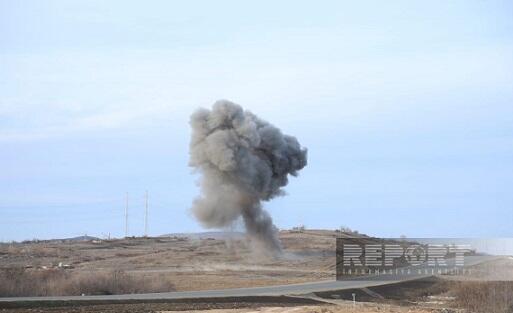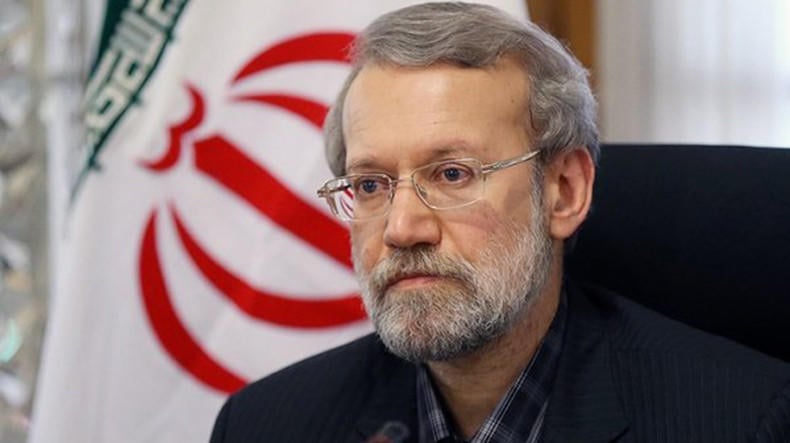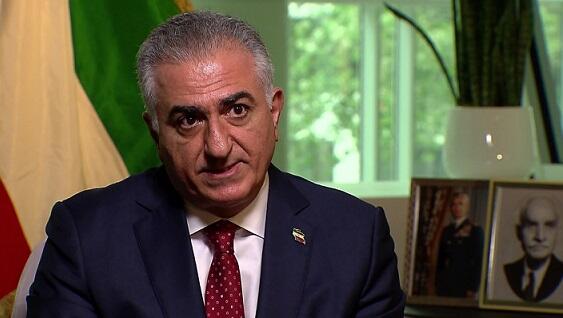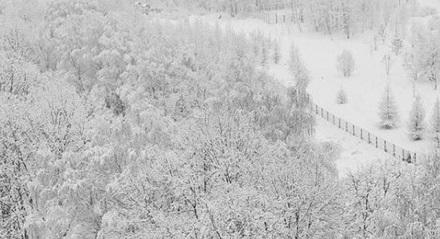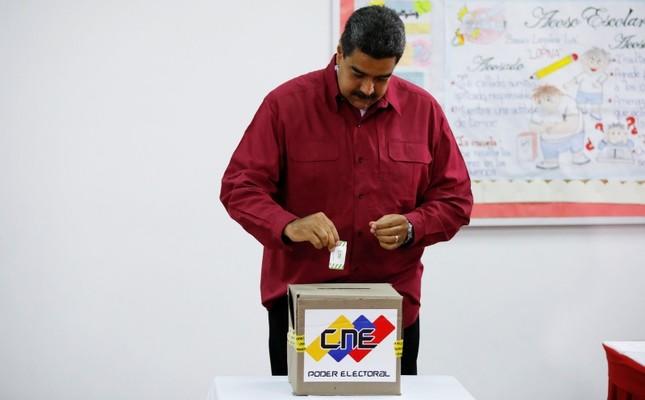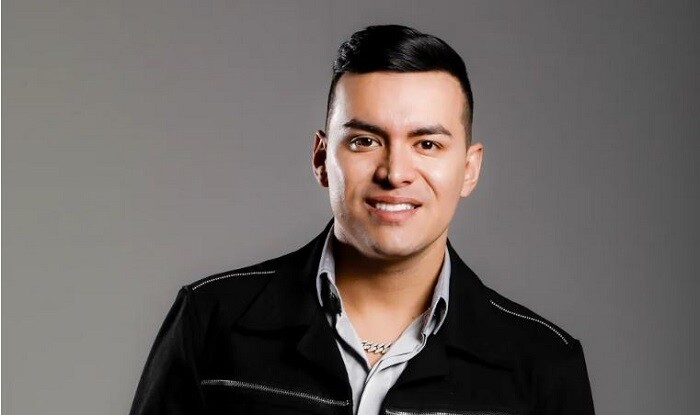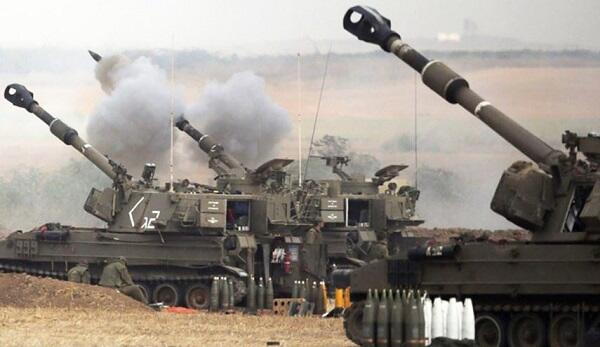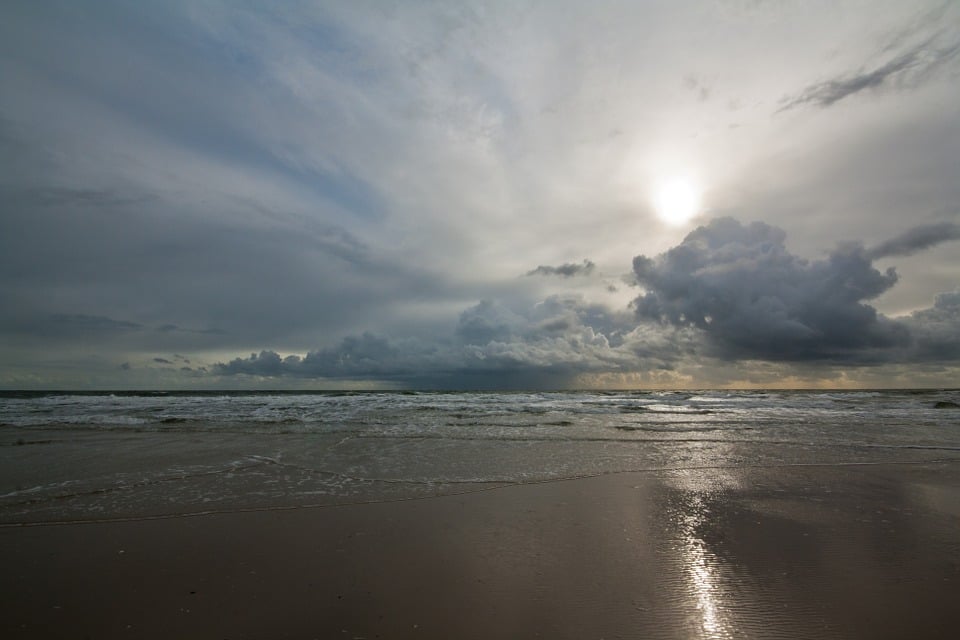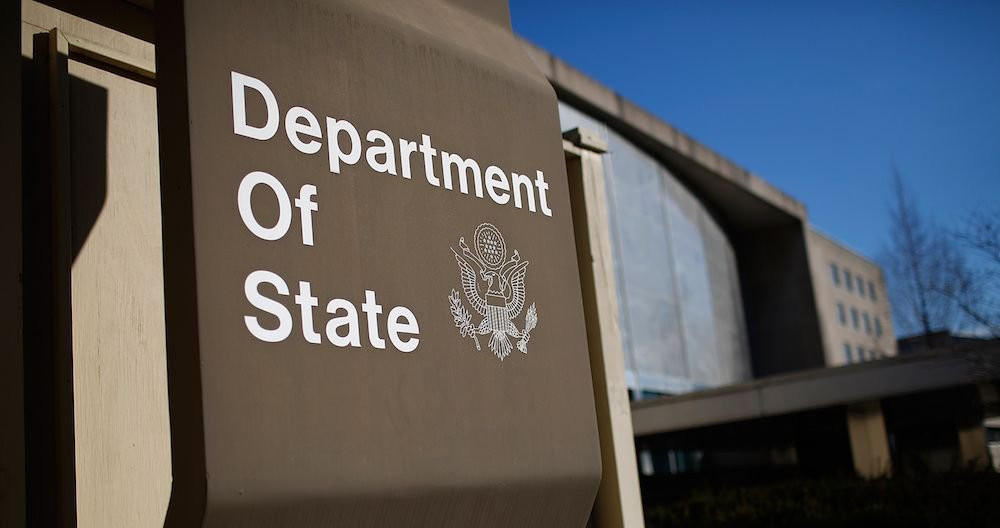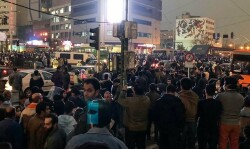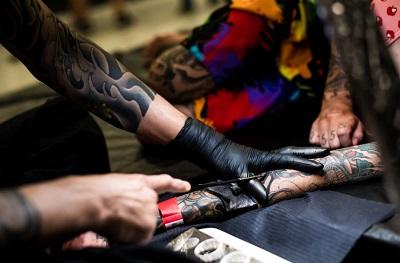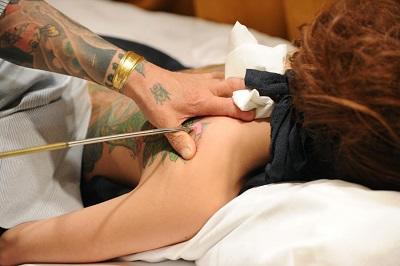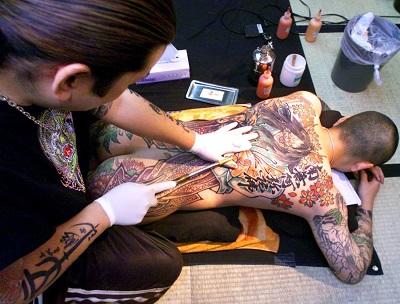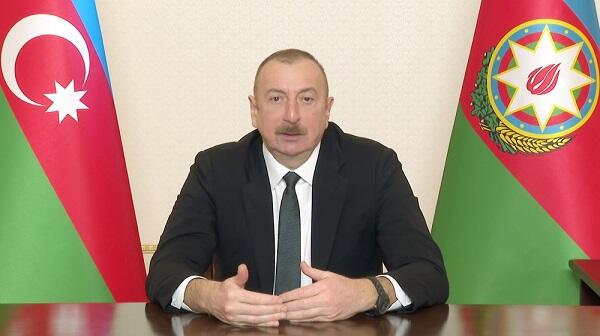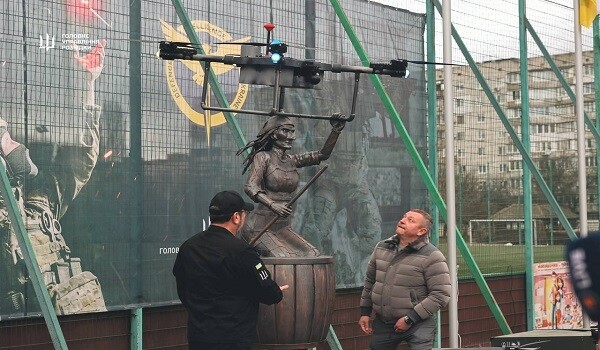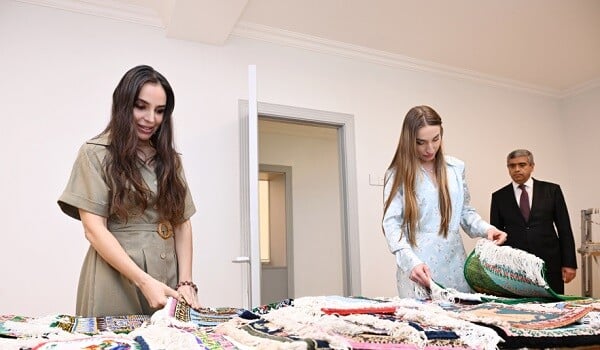At a small, clinically-lit studio in Tokyo's Roppongi district, fearsome warriors and mythical creatures glare out from paper drawings lining the perimeter of the space.
Axar.az reports citing CNN.
The tattooist here, who asked to be identified simply as Ryugen, specializes in traditional Japanese imagery -- colorful, cartoon-like forms inspired by nature, religious iconography and the country's famous "ukiyo-e" wood block prints.
Ryugen's methods are also steeped in history. In fact, he is one of a small number of Japanese artists still practicing the ancient tradition of "tebori" (literally "hand-carved") tattoos.
The first written records of tattoos in Japan are more than two millennia old, and the use of needle-tipped rods like Ryugen's can be traced back centuries. The tools of tebori may appear primitive compared to modern tattoo machines, but the principle was much the same: Artists used the rods to manually push ink beneath the top layers of skin, leaving a permanent mark for either decoration or punishment.
Ryugen's instruments, which he keeps in a simple fabric pouch, differ little from these centuries-old tools, although he uses disposable needle tips for the sake of hygiene. Demonstrating his technique, he rests one of the rods along the crease of his thumb before moving it in a repetitive, vigorous action -- a sort of digging motion.
Modern tattoo machines feature a depth setting, which helps the artist pierce the correct layers of skin, but tebori masters rely on feeling alone. Ryugen said the traditional method helps him to tattoo "intuitively," although he usually uses a tattoo gun to draw outlines.
The benefit, he claimed, is that colors are brighter, stronger and longer-lasting. Manual methods also help him to create smoother gradations, from dull to strong colors, using only one ink.
And while his technique may look brutish, Ryugen believes it's "way less painful" than the electronic equivalent. One of his clients, 34-year-old Ryota Sakai, agreed -- though he noted that traditional tattoos take longer, and therefore cost more (Ryugen, like most tattoo artists, charges by the hour).
Sakai has tebori tattoos on his arms and chest, as well as a three-eyed demon across his back. His motivation for choosing traditional methods was only partly to do with Ryugen's ability to express subtle shades.
"From a young age, I was interested in history." he said a phone interview. "And I particularly like the Edo period, which was when these tattoo design was developed.
"I'm not religious, but I like the designs of Buddhism, the Edo period and samurai."
